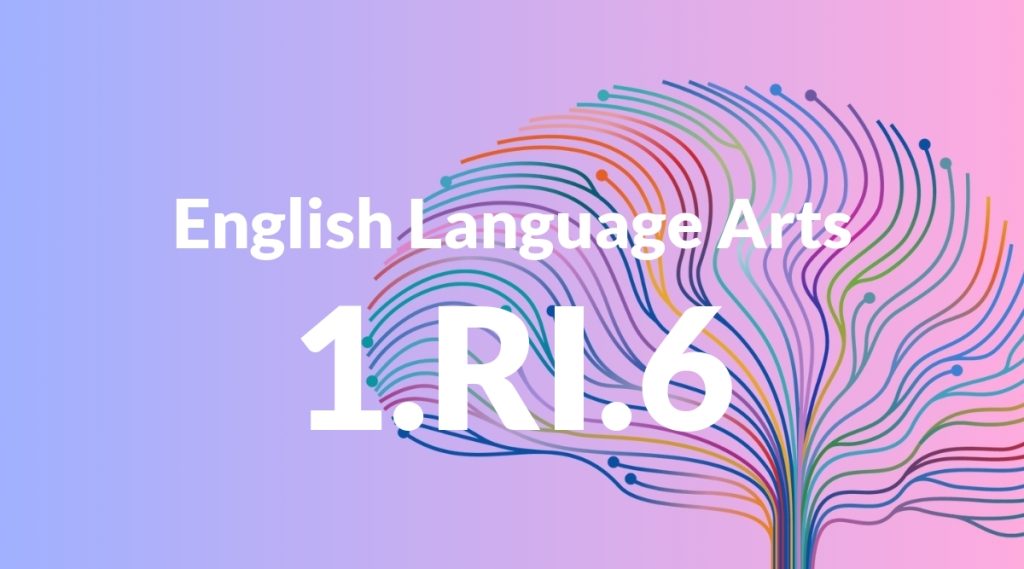Standard: 1.RI.6 – Distinguish between information provided by pictures or other illustrations and information provided by the words in a text.
Grade level: Grade 1
Subject: English Language Arts
Domain: Reading: Informational Text
Teacher Overview
This standard focuses on helping students differentiate between information presented in text versus pictures or illustrations. It is crucial for developing critical reading skills and understanding how different mediums contribute to overall comprehension. Students should have a basic understanding of how pictures and text work individually. They should be able to recognize simple words and understand that pictures can tell a story or provide information.
After mastering this standard, students will be equipped to integrate information from both text and illustrations, preparing them for more complex reading and comprehension tasks.
Common Misconception 1
A common misconception is that pictures and text always convey the same information. This is incorrect because pictures can provide additional or different details that are not mentioned in the text.
Intervention 1
To address this misconception, use activities that compare and contrast information from text and pictures. Ask students to identify unique details from each medium.
Common Misconception 2
Another misconception is that pictures are more important than text. This is incorrect because both text and pictures provide valuable information that contributes to the overall understanding of the content.
Intervention 2
To remediate this, create tasks where students must use the text to answer questions, reinforcing the importance of reading the words as well as looking at the pictures.
Prerequisite Knowledge
Students should be familiar with basic vocabulary and sentence structure, as well as the concept of a picture and its purpose in storytelling or information sharing.
Subsequent Knowledge
After mastering this standard, students will be able to integrate information from both text and illustrations to gain a deeper understanding of the content. They will also be prepared to analyze more complex texts and visuals.
Instructional Activities
- Read a storybook and discuss what information comes from the pictures versus the text.
- Use a Venn diagram to compare and contrast details from text and illustrations in a non-fiction book.
- Have students create their own informational page with both text and pictures, then explain the different information each provides.
- Play a matching game where students pair text descriptions with the correct illustrations.




